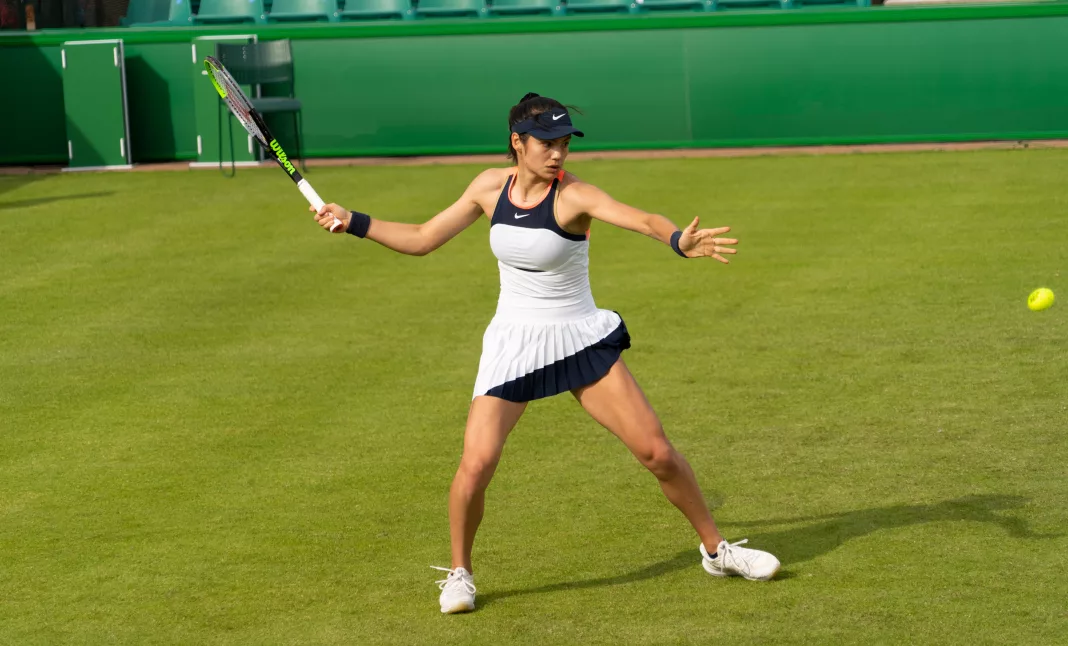Media brings people together, as does sport, and young people are the figureheads for combining the two and creating something extremely powerful.
Having grown up as consumers of media themselves, more so than the generations that came before them, young sportspeople today recognise how to use it to their advantage. This is especially prominent with the use of social media, such as Instagram, X, and Facebook. Hundreds of influencers are earning a living from uploading videos and photos to TikTok and Instagram – posting frequently, thanking one’s followers, and even interacting with them can have seismic effects. Young sporting stars, bursting into the sporting world and breaking world records, attract throngs of the younger generations to them and their sport. These athletes are supporting their sport with their ability to understand social media and its audiences, using their own publicity to appeal to a wider consumer base and draw attention to their sport.
Luke Littler is one such example. At only sixteen years old, he was the first darts player in history to gain one million followers on Instagram, with the world champion Luke Humphries even asking him to share the love. He interacts with his audience and appreciates the strength that their support can give him. Whilst watching the recent World Darts Championships, one moment during the quarter-finals came to mind. Playing against Brendan Dolan, Littler decided to go for the ‘Big Fish’, a highly challenging and impressive move – a game winner. After the first two throws, both landing as intended, he turned to the crowd and was rewarded with the loudest roar from the legion of supporters filling the Alexandra Palace, before turning back to the board again for his last throw. Even the commentators were equal parts shocked and impressed at this small act. Littler was using the crowd to urge him on, performing for them, and having the time of his life whilst doing so.
Another fresh face on the sporting scene is Emma Raducanu, the winner of the 2021 US Open at just eighteen years old. Over a span of three months in 2021, her Instagram following swelled from 10,000 followers to 2.1 million, currently sitting at 2.4 million. Living nearby Bromley at the time, I remember the pride that my family immediately felt in her despite never meeting her. Britain was so proud to have such a young talent in tennis, especially following Andy Murray’s earlier success. She soon appeared on the Met Gala red carpet, became a Tiffany and Co. ambassador, and starred on the front cover of British Vogue fashion magazine in September 2021. This photoshoot consisted of her wearing designer outfits by Alexander McQueen, Gucci and Louis Vuitton, paired, perhaps surprisingly, with Nike trainers. She jumps out of the page, right arm swinging back, holding a tennis racket and shoes picking up orange dust from the clay court surface. She brings a freshness to some very mature pieces, appealing to fellow young people with her radiant smile and youthful energy. In fact, one video which has appeared several times on my Tiktok feed is the moment a young fan sitting in the audience asks to marry her – preparing to serve, she turns around and plays it off beautifully with a laugh.
The audience’s thirst for drama and success can however become too overwhelming for the players. There is now somewhat of a precedent of young stars warning the next upcomers about the danger of reaching fame at such a young age. In the music world, Justin Bieber showed concern and care for Billie Eilish through her rise to fame, who then passed that concern on to Olivia Rodrigo. Many celebrities announce that they will be taking time off from social media to re-focus on themselves, such as Selena Gomez, Tom Holland, and Shawn Mendes. This is no different for celebrity sportspeople. Raducanu showed her concern for Littler in his rocket launch to fame, as did snooker world number one Ronnie O’Sullivan who started his career in snooker at a similar pace. Fellow darts player George Anderson warned the media in an interview following a match that if Littler’s current course through the sport became unstable and he crashed just as quickly as he gained his fame, it would be the fault of the media themselves.
Media sets unrealistic expectations for these young stars. They train so hard as kids because they simply love the sport, they love the thrill of the competition and the reward of the win. When they begin winning on a professional level however, their audience grows from supportive parents, friends, and coaches to a global viewership. If you follow an upcoming athlete based on the knowledge of that person’s age and miraculous talent, and not because you know them personally, it creates a significant first impression and sets a high expectation for them to continue impressing you. Some people cannot refrain from the opportunity to anonymously express their disappointment on social media when their preferred sports stars perform less than a miracle, and this only elevates the pressure. Even the pressure to upkeep their social media profile, post frequently and meaningfully is a lot to handle. Eventually, their priorities change. Once, they loved the sport – now they’re terrified of it. In a world concerned so much about mental health, especially in young people, why does the media still create so much damage?


